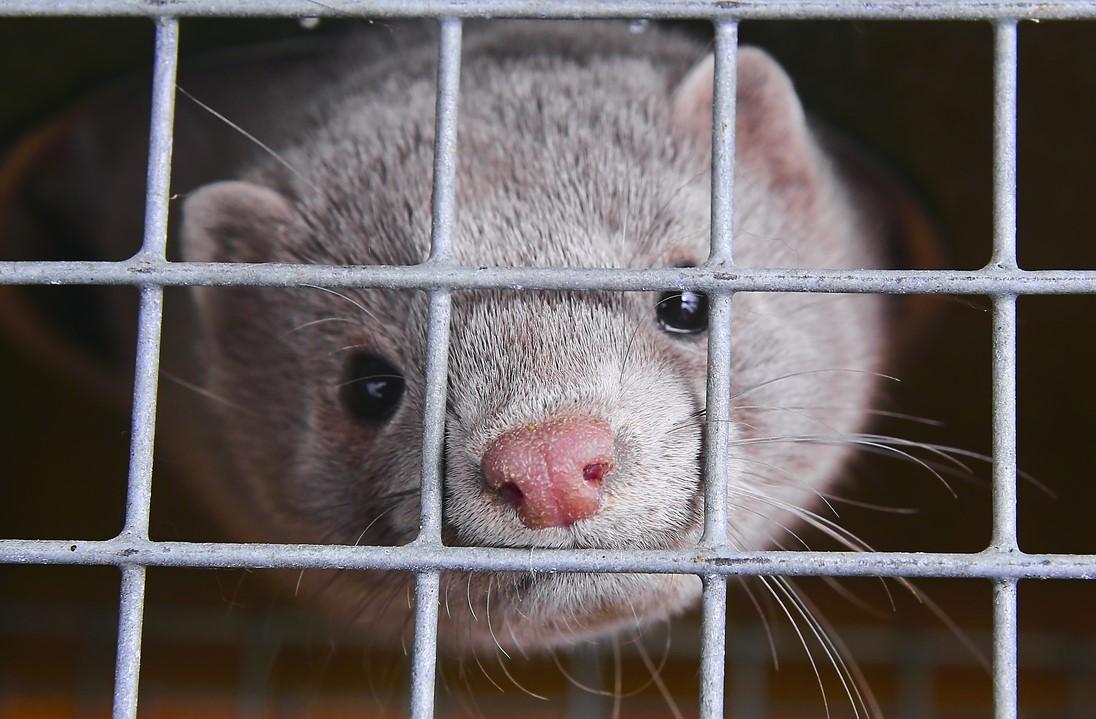The Centers for Disease Control and Prevention (CDC) this week published a new risk assessment for the H5N1 avian flu viruses that continues to circulate in wild birds and poultry, using a sample from a 2022 outbreak at a Spanish mink farm. Though the virus scored higher on some risk measures, the overall threat is moderate and similar to the earlier version of the virus.
Scientists said human infections remain rare and the likelihood of human-to-human transmission remains low.
Risk similar for both viruses
The CDC conducted the assessment using the Influenza Risk Assessment Tool (IRAT), which has a goal of answering two questions, one on emergence and the other on public health impact. Health officials use IRAT to gauge the pandemic potential of flu viruses and to guide preparedness measures.
The outbreak at the mink farm occurred in October 2022, raising concerns about whether the virus had gained the potential to spread more easily between mammals.
The CDC conducted its last analysis of the virus in March 2022 using a sample from a wigeon duck collected in South Carolina in 2021 when the virus first began circulating in US wild birds. The group's new assessment—done in April—covers new information since then, including eight more human cases, some of which were severe.
CDC reviewers rate the virus on 10 risk elements, which range from antiviral treatment options to transmission in animal models.
The risk score for potential emergence of the newer virus was 5.13, reflecting an increase of 0.69 and putting it in the mid-low part of the moderate range. On the public health impact question, CDC officials gave it a risk score of 6.24, an increase of 1.17, putting it in the middle range of the moderate-risk category.
Though the newer virus scored higher on both measures, the CDC emphasized that the ranges for the mean high and the mean low acceptable scores for both viruses overlap, meaning that they remain similar.
The newer virus from the minks scored higher than the earlier duck virus on 6 of the 10 risk elements, which included antiviral treatment options, disease severity and pathogenesis, genomic analysis, human infections, infections in animals, and transmission in animal models.
Genetic analysis also finds similarities
Phylogenetic analysis suggests the clade 2.3.4.4b viruses are similar to previously circulating viruses from the same clade, with little evidence of adaptation to mammals. Also, the hemagglutinin gene of current viruses are highly similar to previous viruses, with some variation in the neuraminidase gene, which the CDC said is adapted to wild birds.
The agency said previously recommended candidate vaccine viruses against H5 are expected to be effective against the H5N1 viruses circulating in birds and poultry, and most viruses remain susceptible to antiviral medications.



















